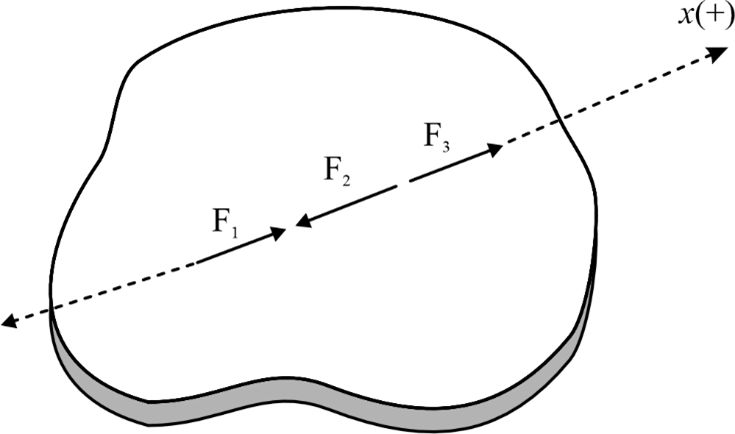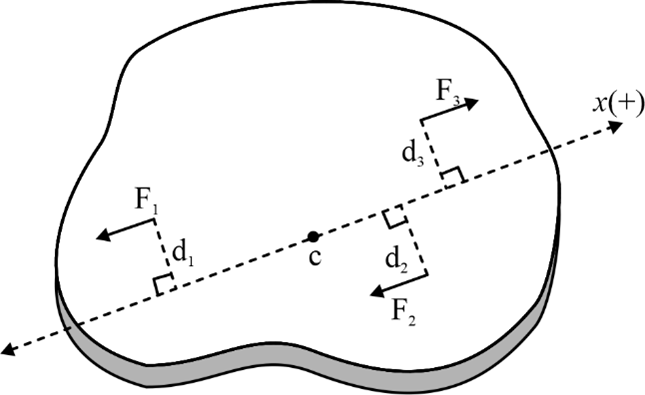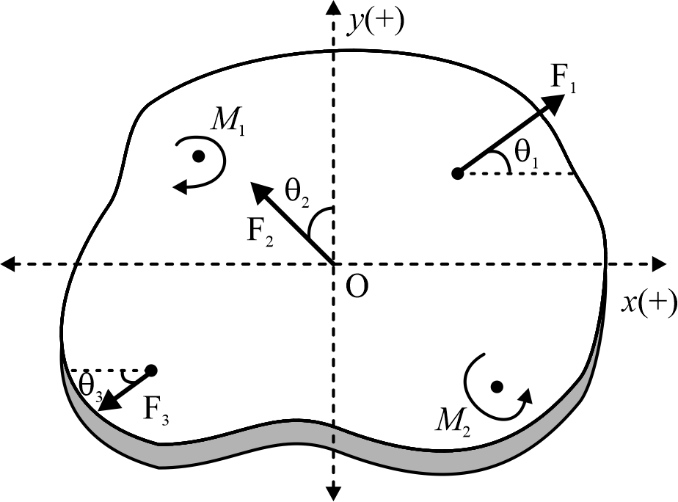

Equilibrium of Rigid Bodies
In the vast field of engineering mechanics, one fundamental concept that holds utmost importance is the equilibrium of rigid bodies. Understanding the principles of equilibrium is crucial for engineers as it forms the foundation for analyzing and designing various mechanical structures, ranging from bridges and buildings to machines and vehicles.
Definition of Equilibrium
“ When a body is subjected to forces and the body is either at rest or moving with constant velocity in the same direction, the body is said to be in equilibrium. ”.
-
For a rigid body to be in equilibrium, the necessary conditions are;

The above equations are known as equilibrium equations for an object in three dimensional space.
-
For a coplanar force system, the necessary conditions of equilibrium are;

Conditions of Equilibrium for Various Types of Coplanar Force Systems
Different types of force systems require different equilibrium equations for analysis. Here, we'll discuss the necessary equilibrium equations for a few common force systems:(i) Coplanar Collinear Force System
When forces act along the same line, it is possible to choose a single axis that encompasses all these forces. There is no generation of a moment due to this force system. Consequently, only one force equation along that axis is needed to analyse the system.

The necessary condition of equilibrium for this force system is;
![]()
In Simple words, "the algebraic sum of forces along the line of action of any one force must be zero.”
(ii) Coplanar Concurrent Force System
In a concurrent force system, all forces acting on an object intersect at a single point. This point is known as the "concurrent point."

To maintain equilibrium, the necessary conditions of equilibrium for this force system are;
![]()
In Simple words, "the algebraic sum of x and y components of forces must be zero.”
(iii) Coplanar Parallel Force System
In a parallel force system, all forces act in the same plane and have the same direction.

The necessary conditions of equilibrium for this force system are;
![]()
Where, ΣF represents the algebraic sum of parallel forces and ΣM represents the algebraic sum of moments about any point O in the plane.
(iv) Coplanar Non-Parallel Non- Concurrent Force System

The necessary conditions of equilibrium for this force system are;
![]()
where ΣF x andΣF y represent the algebraic sum of the x and y components of forces, and ΣM represents the algebraic sum of moments about any point O in the plane.












